Chinese characters can be divided into seven different writing methods according to different brushwork, structure, composition, etc., namely oracle bone inscriptions, bronze inscriptions, seal script, official script, cursive script, regular script and running script, referred to as "Jia Jin Zhuan Li Cao Kai Xing", This is the so-called "Seven Styles of Chinese Characters"; then, in the field of these seven different "calligraphy styles" (let's call them "calligraphy"), who are their respective representatives?

Oracle
There is no doubt that oracle bone inscriptions are the oldest Chinese characters. It is named after the writing materials are tortoise shells and animal bones. Because oracle bone inscriptions were discovered from the "Yin Ruins" in Anyang, Henan, it is sometimes called "Yin Ruins Characters". . According to the research of archaeologists, the oracle bone inscriptions mostly record the divination of the royal family of the Shang Dynasty. Because it is too old, for us today, the oracle bone inscriptions are undoubtedly "books from heaven". Because the age is too long, it is very difficult to identify the oracle bone inscriptions, not to mention who wrote the first oracle bone inscriptions.

Bronze
Bronze inscriptions are characters cast on bronze wares of the Shang and Zhou dynasties, and Shang and Zhou bronze wares are represented by the "ding" in ritual vessels and the "bell" in musical instruments, so the "golden inscriptions" are also called "Zhongdingwen". Bronze inscriptions, like oracle bone inscriptions, are very old and difficult to verify, so we also cannot know the representative figures of bronze inscriptions.

Seal script
Seal script is divided into "big seal" and "small seal". "Xiaozhuan" is the common character of Qin State, also known as "Qin seal", while "big seal" refers to the characters of other six countries and the evolved bronze script. We all know that Qin destroyed the six kingdoms and unified the world, so "Qin Zhuan" has become a text that circulates all over the world (the book is the same text). So, is there any representative figure in this "Xiaozhuan" style? Yes, he is Li Si, Prime Minister of Qin. Li Si is the originator of "Xiaozhuan", and also a great calligrapher in "Zhuanshu". The eight seal script characters on the famous Jade Seal of Chuanguo are written by Li Si.
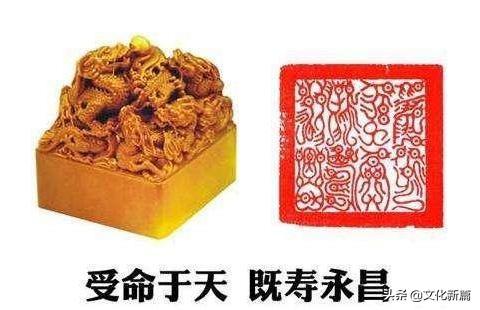
Clerical script
Official script is divided into "Qinli" and "Hanli", which is developed on the basis of "seal script". "Qinli" also contains too many shadows of "seal script". , is still not easy to identify, but "Han Li" is almost the same as our modern characters. According to legend, Cheng Miao, a calligrapher in the Qin Dynasty, was the first to reform "seal script" into "official script", so Cheng Miao is naturally regarded as the representative of the "style" of official script.
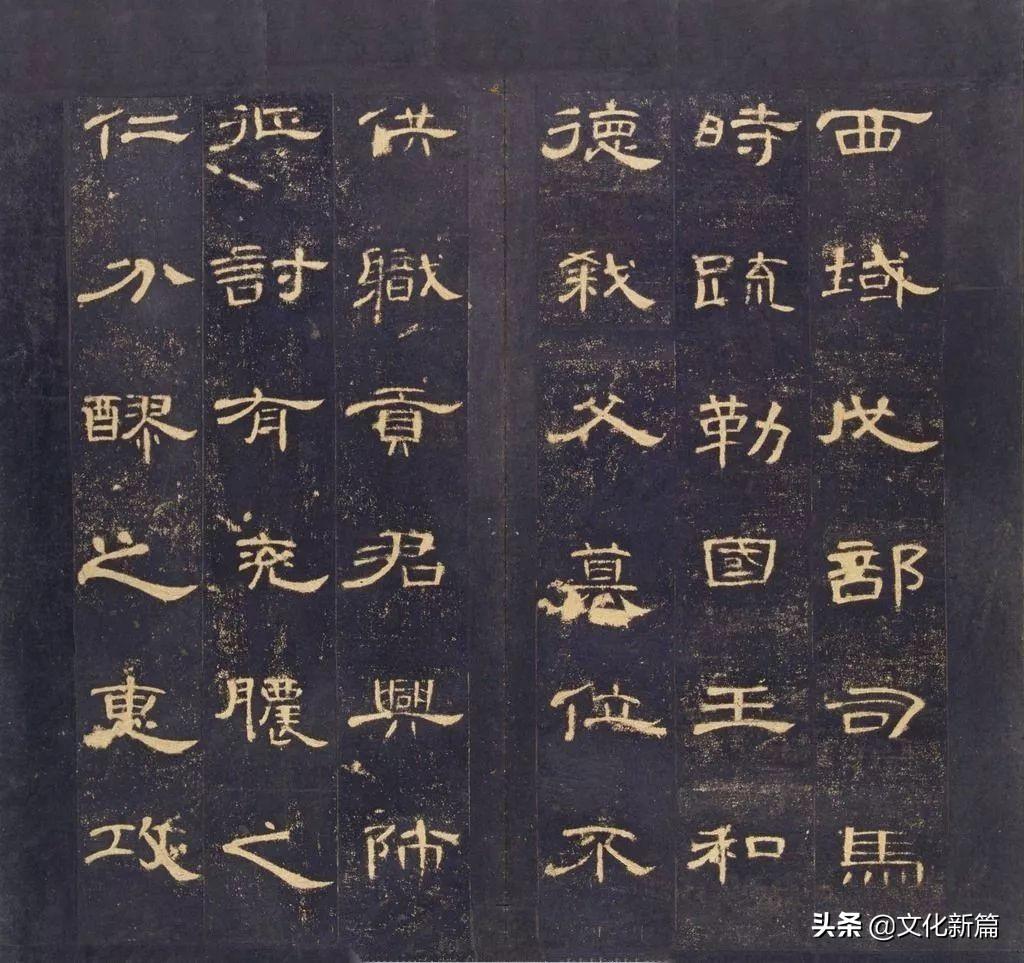
Cursive
Cursive script was formed in the Han Dynasty and evolved on the basis of "Clerical Script" for the convenience of writing. In a broad sense, any cursive script can be called cursive script, but what we are talking about here is cursive script in a narrow sense, that is, cursive script. When it comes to cursive script, we are most familiar with Zhang Xu and monk Huai Su in the Tang Dynasty. However, before them, there was Zhang Zhi. Zhang Zhi was from the Han Dynasty. He created "Jincao". Zhong Yao, Wang Xizhi, and Wang Xianzhi are collectively called "the four sages in the book"; if Zhang Xu and Huai Su are "sages of cursive script", then Zhang Zhi can be said to be "the ancestor of cursive script".
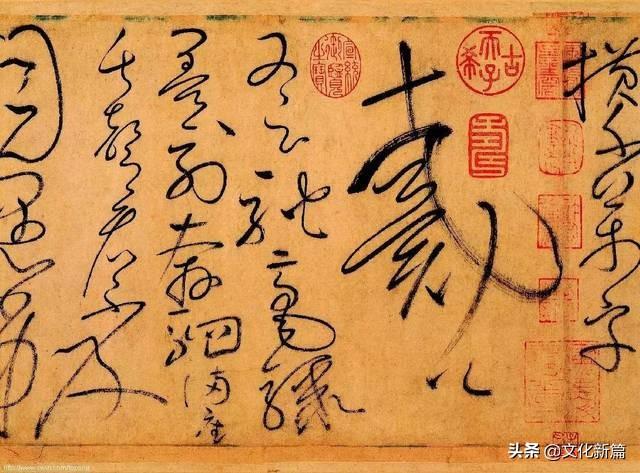
Regular script
Regular script also evolved on the basis of "official script". Because of its square shape and straight strokes, it is also called "block script" and "zheng script". Regular script is undoubtedly the type of calligraphy that is closest to us, because when we first started to learn to write, our parents or teachers taught us that it must be regular script, and regular script has become a standard for whether we write neatly or not. Judging criteria. Because regular script is so "special", we should know more about the representative characters of regular script. Then, in the history of regular script development, who is the most powerful? This person is Zhong Yao (yáo), a great calligrapher in the Three Kingdoms period. There are many "masters of regular script" in history, but Zhong Yao is the "originator of regular script".
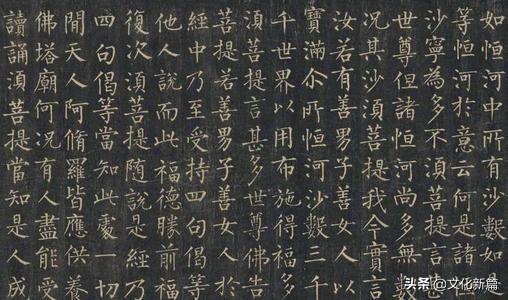
Running
Running script originated from regular script and is a style between regular script and cursive script. It can make up for the slow writing of regular script and make up for the lack of easy recognition of cursive script. It is precisely because of the advantages of running script that until today, The most commonly used writing method is cursive script (of course, the exception is for children learning to write). So, who is the representative of running script? We are all too clear about this. He is the famous "scholar" Wang Xizhi, and Wang Xizhi's "Lanting Preface" was also hailed as "the best running script in the world" by later generations.
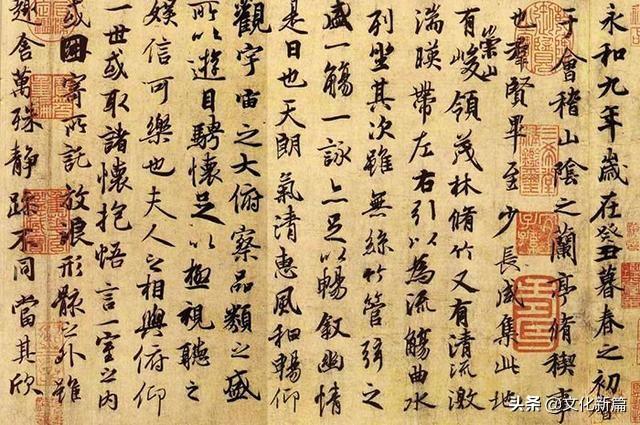
The above are the seven styles of Chinese characters, namely Jia, Jin, Zhuan, Li, Cao, Kai, Xing, and the representative characters in each style field. Dear friends, what is the difference between you and this question? opinion? Let's leave a message to discuss!
Welcome to follow Cultural New Chapter, thank you for being so beautiful and paying attention to me!
Articles are uploaded by users and are for non-commercial browsing only. Posted by: Lomu, please indicate the source: https://www.daogebangong.com/en/articles/detail/Jia%20Jin%20Zhuan%20Li%20Cao%20Kai%20Xing%20who%20are%20the%20representatives%20of%20these%20calligraphy.html

 支付宝扫一扫
支付宝扫一扫 
评论列表(196条)
测试